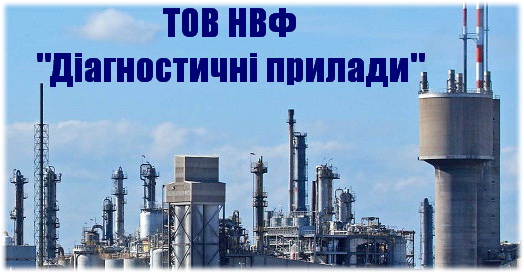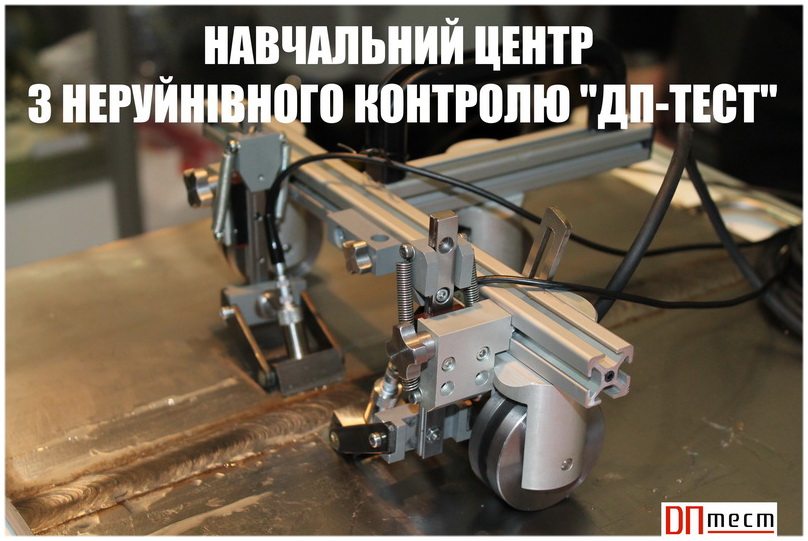The master's thesis consists of such sections as a list of abbreviations, an introduction, four chapters, conclusions, a list of used sources and appendices. The work contains 122 pages, 63 figures, 26 tables, 17 formulas and 20 sources.
The aim of the dissertation is the development of an automated rehabilitation tool for the lower limb to rehabilitate leg posture.
The relevance of this work lies in the development of a unique technical tool for independent rehabilitation in the modern context, in particular for today's Ukraine.
- Hits: 639








